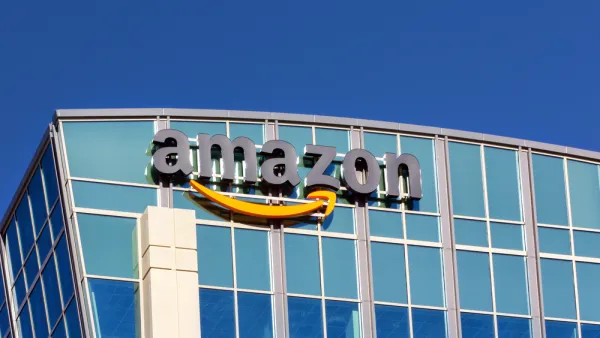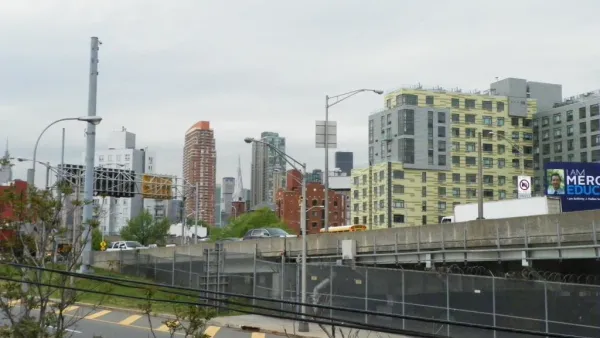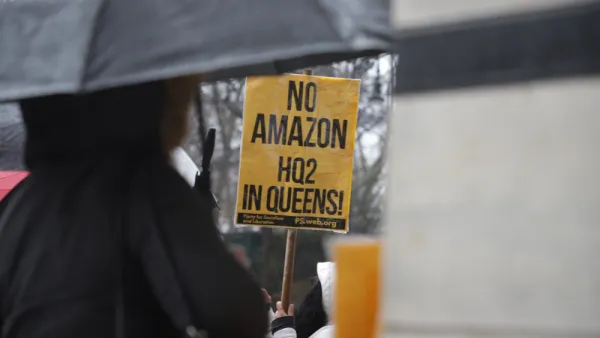Amazon's second headquarters is huge, and their bias for walkable places says they are going to do it all over again in a new city. However, maybe they should take the high road and not beg for subsidies.
Amazon dropped a bombshell last week when they announced that they’re going to expand from Seattle by building a brand new second headquarters in another city. Based on the qualifications in their RFP, like on-site access to transit and connectivity options like sidewalks and bike lanes to “foster connectivity between buildings/facilities,” it’s another example of how companies are increasingly seeking out vibrant, walkable, connected urban places as they try to attract and retain talent.
Michael Rodriguez, director of research at Smart Growth America, shows how prior research and experience points to a move towards vibrant urban locations for corporations, and that corporations need those environments to compete. Cities also know this, and the new model of economic development is not through subsidies, but through providing supportive policy and infrastructure that enables companies to attract talent.
FULL STORY: Amazon's Hunt for a Second HQ is Likely to End in a Vibrant, Urban, Walkable Place

National Parks Layoffs Will Cause Communities to Lose Billions
Thousands of essential park workers were laid off this week, just before the busy spring break season.

Retro-silient?: America’s First “Eco-burb,” The Woodlands Turns 50
A master-planned community north of Houston offers lessons on green infrastructure and resilient design, but falls short of its founder’s lofty affordability and walkability goals.

Delivering for America Plan Will Downgrade Mail Service in at Least 49.5 Percent of Zip Codes
Republican and Democrat lawmakers criticize the plan for its disproportionate negative impact on rural communities.

Test News Post 1
This is a summary

Test News Headline 46
Test for the image on the front page.

Balancing Bombs and Butterflies: How the National Guard Protects a Rare Species
The National Guard at Fort Indiantown Gap uses GIS technology and land management strategies to balance military training with conservation efforts, ensuring the survival of the rare eastern regal fritillary butterfly.
Urban Design for Planners 1: Software Tools
This six-course series explores essential urban design concepts using open source software and equips planners with the tools they need to participate fully in the urban design process.
Planning for Universal Design
Learn the tools for implementing Universal Design in planning regulations.
EMC Planning Group, Inc.
Planetizen
Planetizen
Mpact (formerly Rail~Volution)
Great Falls Development Authority, Inc.
HUDs Office of Policy Development and Research
NYU Wagner Graduate School of Public Service





























